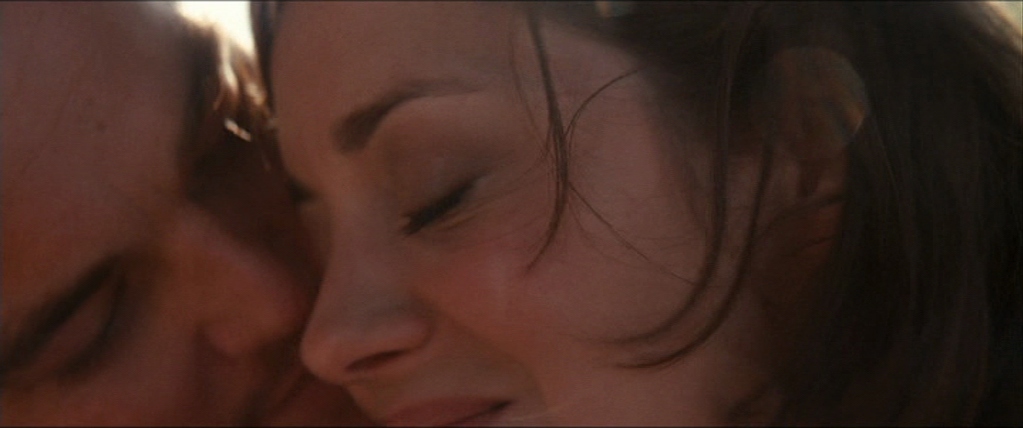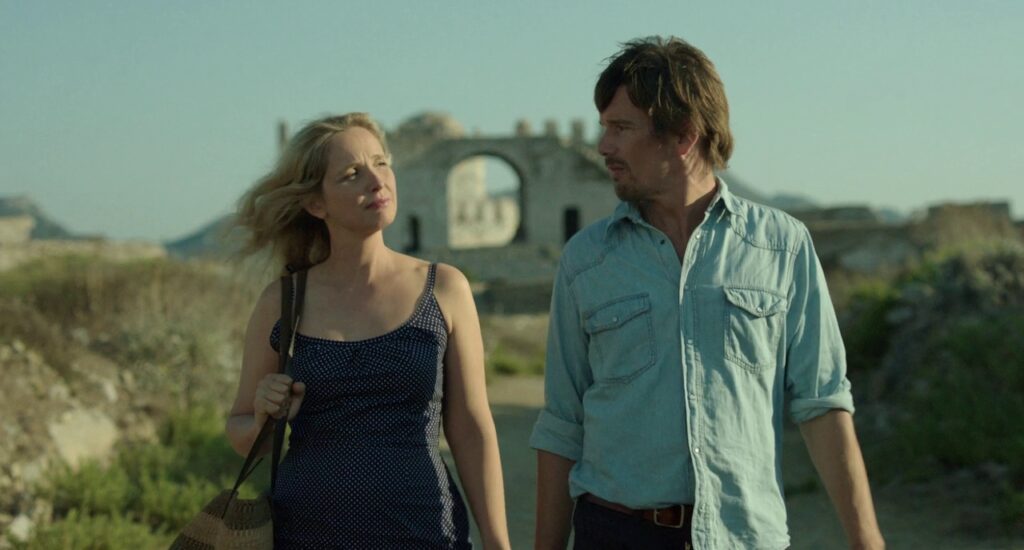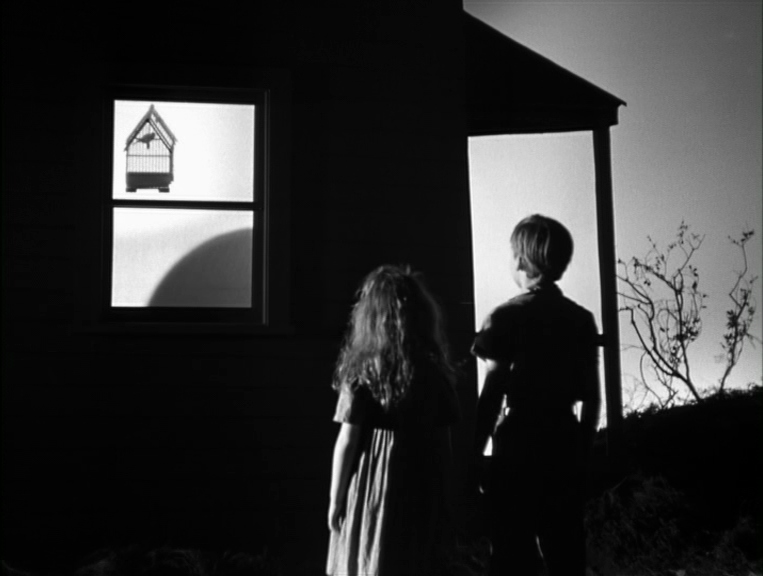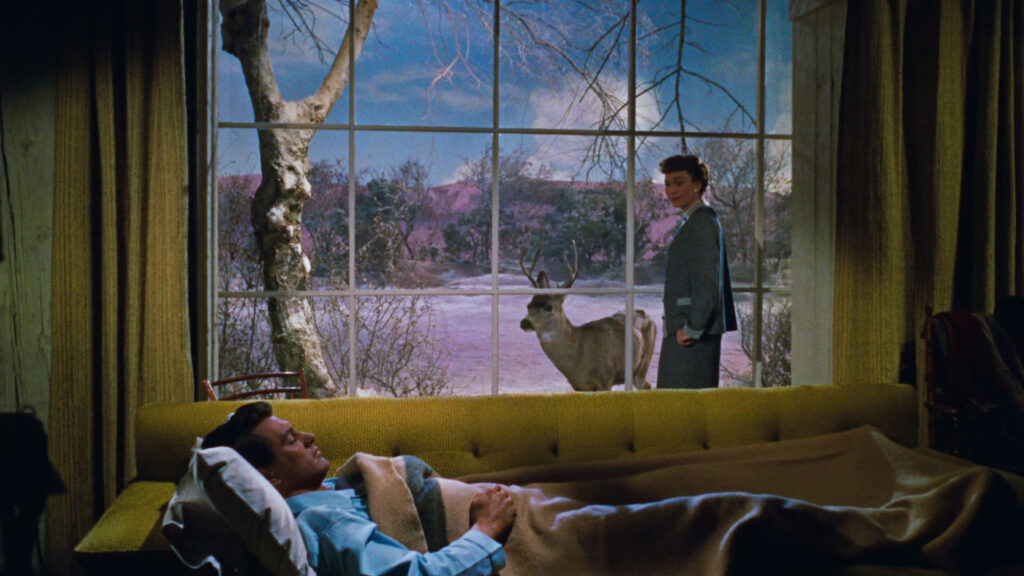The concept of time in film is a powerful tool that can shape narratives, engage audiences, and convey deeper meanings. Christopher Nolan and Richard Linklater, two acclaimed filmmakers known for their unique storytelling approaches, each have distinctive ways of handling time in their films. In this article, we will explore the contrasting use of time between Nolan and Linklater, examining how their techniques contribute to their distinct cinematic styles, impact storytelling, and highlight their creative visions. By delving into their filmography, we can better understand the captivating and thought-provoking experiences their movies provide.
Everybody just wants to appreciate time as it’s passing, to be in the moment. It’s the hardest thing to do. You’re either in the unknown future that you’re working toward, or you’re in the past that becomes a little abstract.
Richard Linklater
Christopher Nolan: Playing with Time as a Structural Device
Christopher Nolan, renowned for intricate narratives and mind-bending concepts, consistently challenges conventional storytelling techniques. He often employs non-linear timelines, fragmented narratives, and parallel storylines to create complex and immersive cinematic experiences.
Nolan’s films, such as Memento (2000), Inception (2010), and Dunkirk (2017), demonstrate his affinity for playing with time as a structural device. In Memento, the story unfolds in reverse chronology, allowing the audience to experience the protagonist’s fragmented memory. Inception, dream levels and layers of time intersect, blurring the boundaries of reality. Dunkirk showcases a non-linear narrative where three separate timelines converge, intensifying the suspense and emphasizing the chaos of war.
Nolan’s manipulation of time serves to immerse audiences within the characters’ perspectives and challenges them to piece together the puzzle-like narratives. His non-linear approach creates anticipation, encourages active engagement, and transforms time into a narrative element that becomes integral to the story itself.

Richard Linklater: Capturing Time as an Organic Experience
Richard Linklater, known for his conversational and character-driven dramas, takes a more organic and naturalistic approach to time in his films. Rather than distorting time, Linklater embraces its flow by capturing moments over expansive periods.
Linklater’s films, such as the Before trilogy (1995-2013), Boyhood (2014), and Dazed and Confused (1993), explore time with a remarkable sense of realism and authenticity. The Before trilogy follows a couple’s evolving relationship over several decades, while Boyhood chronicles a boy’s journey from childhood to adolescence filmed over 12 years. Dazed and Confused captures the ebb and flow of one night in the lives of high school students in the 1970s.
Linklater’s films provide an immersive and intimate experience, immersing viewers in the characters’ lives across extended periods. By embracing the passage of time, his films invite introspection and evoke a sense of nostalgia. Linklater’s approach to time allows the audience to connect with characters on a deeper level, capturing the profound beauty and transient nature of human existence.

Impact on Storytelling and Themes
The different approaches to time by Nolan and Linklater yield distinct storytelling techniques and thematic explorations.
Nolan’s manipulation of time enhances the psychological and intellectual aspects of his narratives. By disorienting viewers and challenging their perceptions of reality, he explores themes like memory, perception, and the subjective nature of truth. Nolan’s films often delve into existential questions, contemplating the malleability of time, the passage of moments, and the consequences of choices.
In contrast, Linklater’s approach focuses on character development and the exploration of human relationships. His emphasis on natural progression allows for nuanced character growth and introspection. Linklater tackles themes of self-discovery, love, and the passing of time, addressing the nuances and complexities of human experiences.
While Nolan’s films tend to stimulate audiences intellectually and emotionally, Linklater’s movies invite introspection, emphasizing the beauty found in the ordinary moments of life.

Filmmaking Techniques and Directorial Styles
Both Nolan and Linklater have distinct directorial styles and creative techniques that complement their respective approaches to time.
Nolan’s visual flair, meticulous attention to detail, and preference for practical effects create grand, immersive worlds for his narratives. His films often incorporate stunning visuals, intense action sequences, and innovative practical effects that heighten the impact of time-bending moments.
On the other hand, Linklater’s directing style is characterized by long takes, naturalistic dialogue, and an emphasis on character dynamics. His films rely heavily on strong performances and authentic interactions, allowing the passage of time to be felt through the organic evolution of relationships.
Conclusion
While Christopher Nolan and Richard Linklater are renowned for their exceptional filmmaking talents, they approach the concept of time in distinct and contrasting ways. Nolan’s manipulation of time as a structural device adds layers of complexity and intellectual stimulation to his narratives, challenging viewers’ perceptions. In contrast, Linklater captures time as an organic experience, creating films that explore the beauty and emotions woven into the passage of time.
Both approaches contribute to the richness of their storytelling, leading to compelling and thought-provoking cinema. Whether it’s Nolan’s mind-bending narratives or Linklater’s poignant character studies, these filmmakers demonstrate the versatility and power of time as a storytelling tool.




